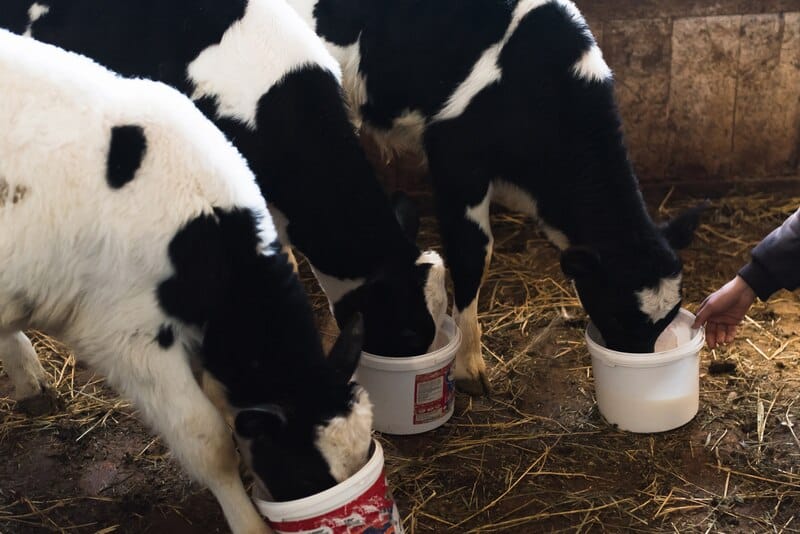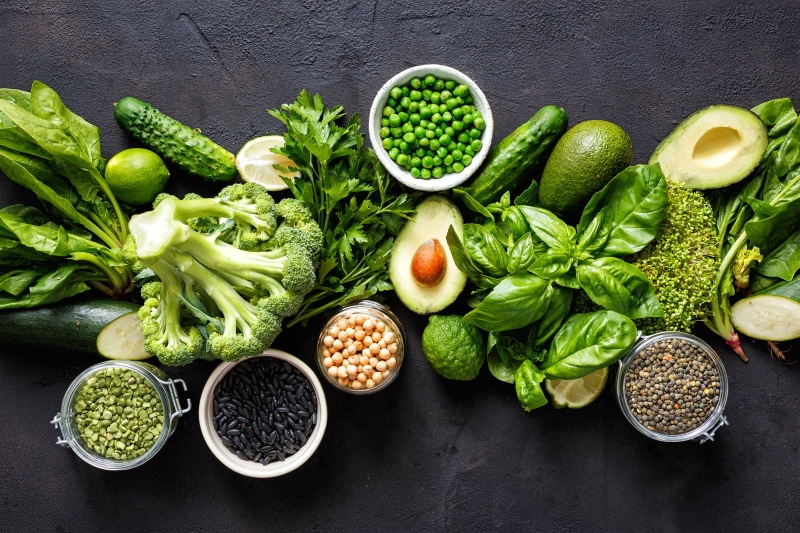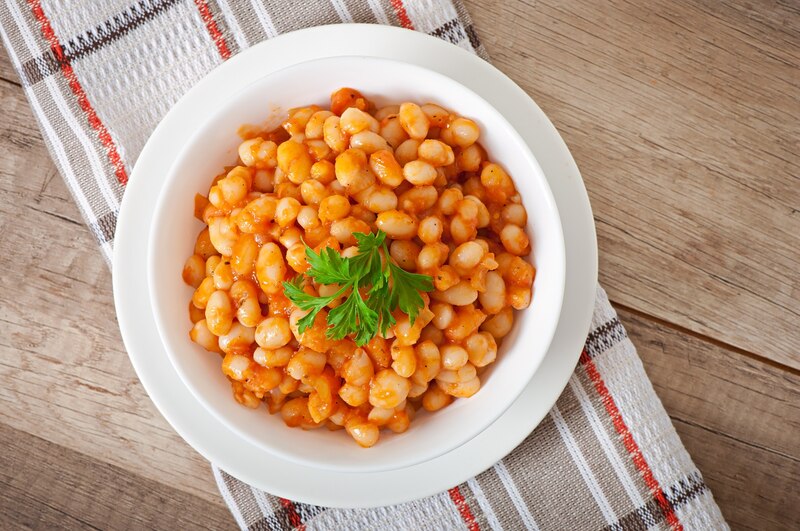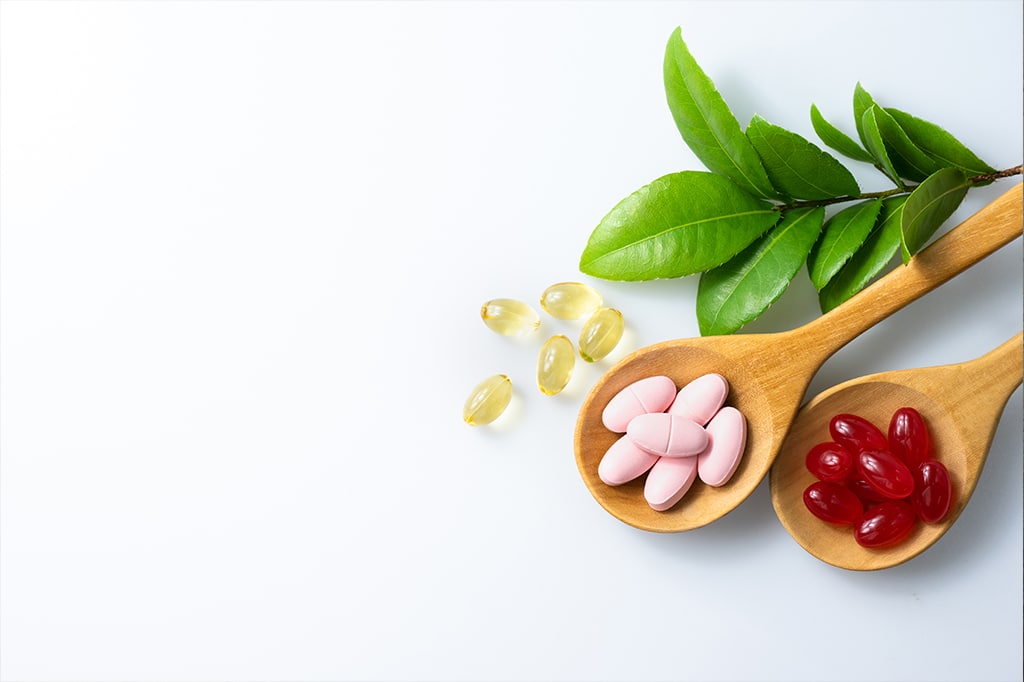This past Monday (August 22) was the World Plant Milk Day, a day developed in 2017 by Robbie Lockie to promote the many vegan alternatives to dairy milk. Prior to the past few years, it was likely difficult to obtain soy milk in the store. However, there has been a phenomenal increase in readily available alternatives in recent years.
This is largely due to the increase in veganism. This year, around 623,000 people joined up for Veganuary, up from 500,000 in 2021. With each passing day, an increasing number of individuals are becoming aware of the ethical and environmental costs of the food they had previously ignored.
For many vegans, a single event will spring to mind as the deciding factor in their decision to become vegan. It may have been a photograph, a social media post, a movie, or a discussion. It will have likely caused great upheaval and uprooted everything they believed to be true about eating.
This moment likely involved dairy products.
Glorifying dairy
The dairy industry is undoubtedly one of the most disgusting food-animal enterprises. Additionally, it is possibly the most misunderstood.
While everyone is aware that meat comes from dead animals (and even the most carnivorous among us would struggle to make a moral argument for factory farms and slaughterhouses), society tends to view dairy farms with rose-colored glasses.
As children, many of us read stories about compassionate farmers milking their animals with tenderness. After all, milk is naturally produced by cows, correct? And by relieving them of it, aren’t we doing them a favor?
What we are told about dairy products is false. It is true that cows must be milked, but only because of our treatment of them. Ultimately, only moms produce milk.
Animal abuse in the dairy sector
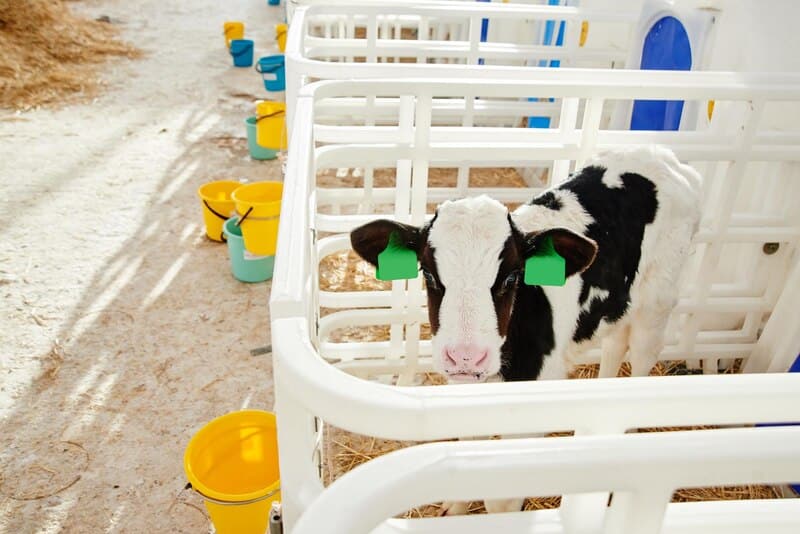
Mother cows are separated from their calves within days or hours of birth. In the United Kingdom, dairy cows are artificially inseminated at approximately 15 months of age, and their pregnancies last approximately nine months. This means they will typically have their first child at the age of two. Cows are fertilized again within a few weeks following their first birth. Typically, dairy cows give birth once a year.
Calves are typically removed from their mothers within hours of birth. However, cow mothers create strong bonds with their calves, much as humans do. Being removed from their young is incredibly stressful, and they will frequently weep and howl for days after they are gone.
The calves are frequently isolated in small, barren containers for almost two months and fed a milk substitute. The female calves will eventually meet the same end as their mothers, while the males will either enter the (limited) veal market or the beef business.
Intensive farming
Cows utilized in the dairy business have been selectively developed to produce approximately 4.5 times as much milk as they would naturally. This indicates that they frequently experience mastitis, a painful udder irritation.
Many people associate dairy farming with idyllic images of cows grazing in fields. True, dairy cows in the United Kingdom are normally permitted to graze on grass throughout the spring and summer, but they are confined to barns for the remaining six months of the year. Inside, they are frequently confined to concrete cells separated by metal bars. The home is frequently confined and devoid of amenities, preventing them from engaging in normal behaviors.
In the United Kingdom, more intensive dairy farming methods are becoming more widespread. Twenty percent of dairy cows are currently housed in “zero-grazing” units, where they are kept indoors permanently. These factory farms can house thousands of animals at once, many of whom spend their entire lives in confined, filthy, and unsanitary circumstances.
Due to their surroundings and the fact that they must stand on hard flooring for extended times, cows frequently get lame. Malnutrition, inappropriate trimming of their hooves, infections, and inadequate facilities also contribute to lameness.
Allegations of Animal Abuse
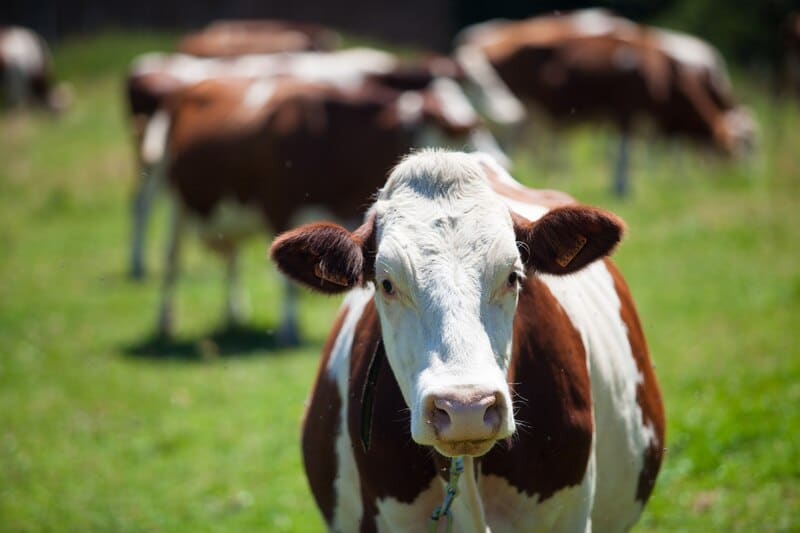
Numerous studies have discovered animal cruelty on numerous large farms. Abuse is also prevalent and well-documented on dairy farms.
For instance, an examination conducted by Animal Equality in 2022 of Madox Farm in South Wales revealed that workers were kicking and beating cows in the face and stomach and assaulting them with metal shovels. This farm supplied Freshways with milk, which was then distributed to firms such as Costa Coffee, British Airways, Londis, and Budgens.
In 2018, the same organization filmed baby calves on an organic farm in Somerset being thrown, spanked, and force-fed. On some of the warmest days of the year, some calves were without access to water for up to 29 hours. This farm was certified by the RSPCA and supplied Waitrose.
The dairy business considers dairy cows spent once their bodies become exhausted. Cows have a natural lifespan of approximately 25 years, but in the dairy industry, they are typically slaughtered at the age of six.
Cows are (theoretically) rendered unconscious at the slaughterhouse by being shot with a captive bolt pistol. But this is frequently done incorrectly.
The animals are forced into the stun box, although they frequently demonstrate signals of fear by flailing and attempting to escape. This makes it challenging for personnel to apply the bolt at the correct location. Due to this, cows are frequently still alive when strung up and slaughtered by slitting their throats.
The environmental price of milk
In every way, dairy is worse for the environment than plant-based alternatives.
In terms of land consumption, fresh water consumption, and greenhouse gas emissions, dairy is by far the most environmentally damaging milk on the market. (Worse than almond milk, which frequently receives negative attention for its water consumption.)
Per liter of milk, the dairy industry requires 8.95m2 of land (the second highest, oat milk, uses 0.76m2). Additionally, one liter of dairy requires 628.2 gallons of freshwater (the second highest, almond milk, requires 371.46 liters). The same volume of dairy produces 3.15 kg of greenhouse gases (the second highest, rice milk, emits 1.18kg).
The thirteen largest dairy firms emit as much greenhouse gas as the entire United Kingdom. Cows on farms are responsible for around one-third of all human-made methane emissions, which they produce through flatulence.
Methane is an ozone-depleting greenhouse gas. In fact, experts predict that when released into the atmosphere, it is approximately eighty times more potent than carbon. However, its half-life is considerably shorter, lasting only about a decade before decomposing into carbon dioxide. This indicates that lowering methane emissions could buy us more time to address carbon emissions.
As stated by Inger Anderson, executive director of the United Nations Environment Programme (UNEP), “reducing methane is the most effective tool we have to slow climate change over the next quarter-century, and it complements efforts to reduce carbon dioxide.”
“In a report published by the United Nations in 2021, it was claimed that countries must reduce methane emissions in a “vigorous, swift, and persistent” manner and that “reducing methane emissions is the single largest and quickest method for reducing global warming.”
Is milk consumption increasing or falling?
Despite the enormous ethical and environmental costs associated with dairy production, demand is increasing. There are 270 million dairy cows in the world, and the demand for dairy products is increasing.
In 2015, the global production of cow’s milk was 497 million metric tons. In 2021, this number increased to 544 million metric tons.
The dairy market was valued at 827.4 billion U.S. dollars in 2020, and it is anticipated to reach approximately $11.28 billion by 2026.
However, it is not all terrible news. A research conducted in May of this year revealed that nearly half of Generation Z feels embarrassed when ordering dairy products, and it was claimed in 2021 that one-third of Britons use plant-based milk.
The prospects for dairy
The dairy industry is extremely unsustainable and condemns millions of animals to a lifetime of suffering. However, it need not be this way. There are currently numerous plant-based alternatives that are becoming as accessible as dairy products.
The global retail value sales of plant-based milk were approximately $18 billion in 2021, and the market is expected to reach $42.86 billion by 2029. In addition, an increasing number of food technology startups are developing lab-grown dairy, which researchers have nicknamed “the future of milk.”

